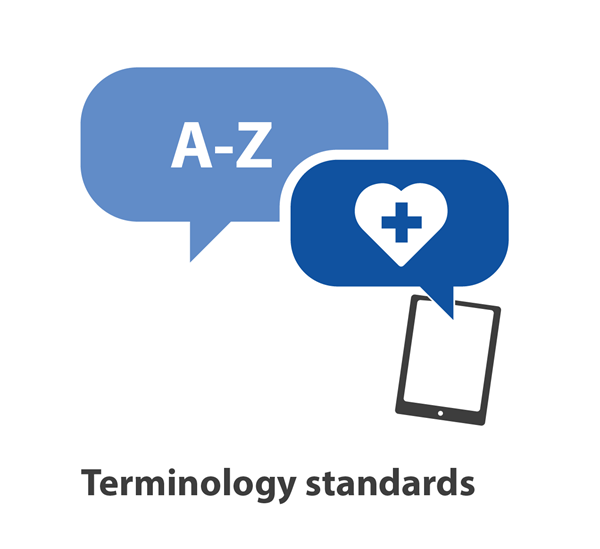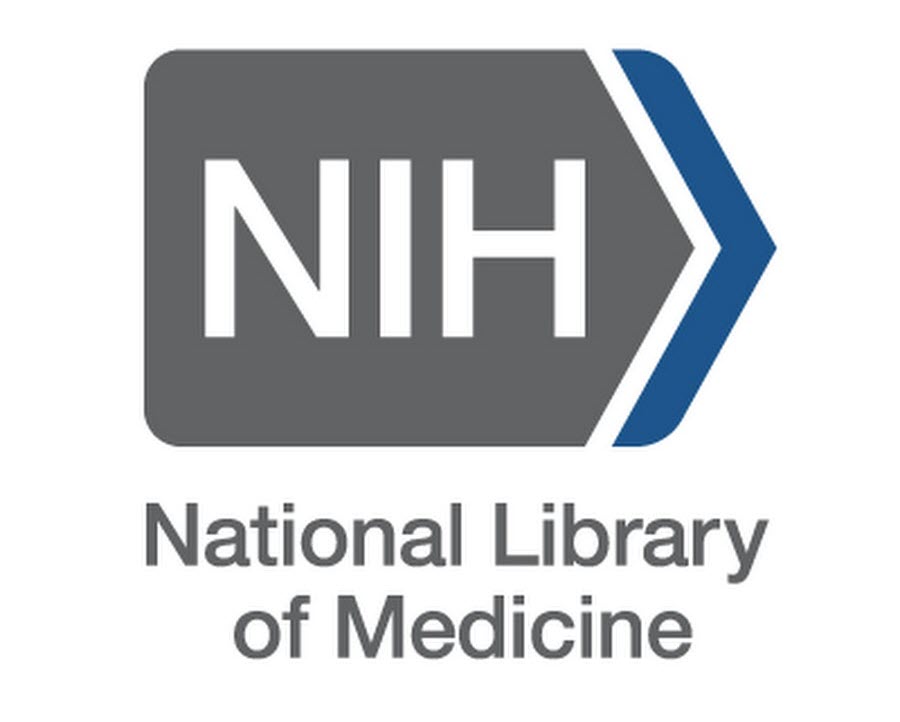1: Functions and Types of Health Information Standards
Health Data Standards
In the introduction to this course, you read that in software, standards are a set of rules that ensure information is shared uniformly and consistently. Health data standards allow health information systems to share information in such a way that the context and meaning of the information is retained across systems. The types of standards in health data exchange that we will explore are terminology standards and content exchange standards

Terminology standards are the standardized nomenclatures and code sets used to describe clinical problems and procedures, medications, allergies, and more. A patient record in an EHR will contain the patient’s clinical information. The terminology standards will enable this clinical information to be provided in a common language or set of codes that can be used across systems. It wouldn’t be advisable to store a medical diagnosis in a text field, given that one person might describe a diagnosis as “diabetes” while another person lists “diabetic.” Without further processing of this text, a subsequent report to a public health agency might inadvertently leave off the patient whose record had “diabetic” listed instead of “diabetes.” Because of this, it is better to use a code (such as a number) to represent the diagnosis.

Content exchange standards are the standards used to define the structure and organization of clinical information such as clinical summaries and prescriptions. These standards define, for example, how blood test results in a laboratory information system are shared with and understood by a hospital information system.
Who Decides on Health Data Standards?
As we will explore in later modules, many people and organizations, both private and public, develop terminologies and ways of doing things. However, it takes some kind of consensus, or regulation, for one of those to become a standard that everyone is expected to use.
Governments adopt and regulate health data standards. In the United States federal government there are several entities that work on this. First, laws passed by Congress may specify standards. They may also establish what part of the executive branch will take actions regarding the standards and how much funding they have to do so.

We introduced you briefly to the Assistant Secretary for Technology Policy and Office of the National Coordinator for Health Information Technology (ASTP/ONC). ONC was created through an Executive Order, and then legislatively mandated in the Health Information Technology for Economic and Clinical Health (HITECH) Act of 2009. In July 2024, the office became known as ASTP/ONC. A part of the U.S. Department of Health and Human Services (HHS), ASTP/ONC is responsible for supporting health IT and health data exchange. ASTP/ONC also has a lead role in standards development and promotion. Their website (HealthIT.gov) has FAQs and introductory information like we shared about EHRs earlier, and it also explores a variety of topics including interoperability (Interoperability | HealthIT.gov).
Other Government Agencies
Agencies such as the Centers for Medicare & Medicaid Services (CMS) are also involved in the promotion of health data standards use and adoption. You may have heard of Meaningful Use, later renamed the Promoting Interoperability Program, or Medicare Access and CHIP Reauthorization Act (MACRA), which are programs to incentivize and expand the use of EHRs. These are CMS programs. There are other relevant agencies such as the U.S. Food and Drug Administration (FDA) and the Centers for Disease Control and Prevention (CDC).
The Role of the National Library of Medicine

The National Library of Medicine (NLM), the creator of this course, is the central coordinating body for clinical terminology standards within HHS. NLM develops, funds, and disseminates clinical terminologies that are essential for meaningful use of EHRs and health information exchange.
We work with ASTP/ONC and other agencies and organizations on policy issues but also practical issues like helping people get access to terminologies. Individuals at NLM have also been involved in international standards development.